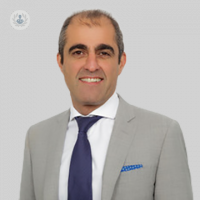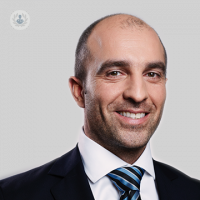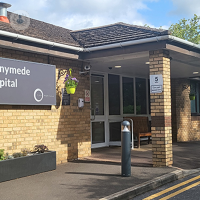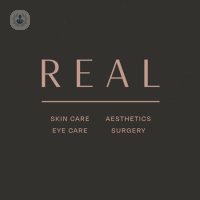Facelift
Mr Simon Eccles - Plastic surgery
Created on: 11-13-2012
Updated on: 10-02-2023
Edited by: Conor Lynch
What is a facelift?
A facelift, or facial rejuvenation surgery, is an intervention that corrects the most visible signs of facial ageing, by tightening facial muscles, reducing fat, redistributing skin, and eliminating excess tissue. This intervention is usually done under general anaesthesia.

There are various types of facelift, according to the areas of the face treated:
- Upper facelift: elevates sagging brows and eliminates forehead wrinkles
- Middle facelift: which eliminates fat that has accumulated in the cheekbones and lifts the cheeks
- Lower facelift: reduces fat along the jawline and neck (so-called double chin)
Why is a facelift done?
Lax and sagging skin is a clear sign of the passage of time and is particularly visible in the face; in many patients, this can give rise to a complex. Hence, the aim of a complete face lift is to reduce laxity and to restructure the affected areas.
What does it involve?
The procedure is generally carried out by making incisions behind the hairline and behind the earlobe, continuing towards the nape of the neck if necessary, so that scars remain camouflaged. Via these incisions, skin is stretched and sectioned, leaving the face looking firmer and more youthful. Most patients will be surprised to find that the procedure is is not very painful and they only experience little discomfort.
How should I prepare for a facelift?
Before undergoing a facelift, you must follow some important instructions: stop smoking at least 15 days before the operation; for the intervention itself, do not wear contact lenses or make-up and make sure your skin is clean and well hydrated. Furthermore, at the pre-surgery consultation, you will have to tell the surgeon about any medications you are taking and any allergies you have, because more preparation might be necessary.
What does recovery from a facelift involve?
Patients normally leave the clinic 24 hours after the intervention; however this will depend on your evolution and on the surgeon’s recommendation. In the first few days after the intervention, it is recommended to sleep on two pillows in order to reduce the swelling and to avoid drinking hot drinks or chewing too much, so that the stitches are not affected. The swelling and haematomas will disappear over the first few days.














